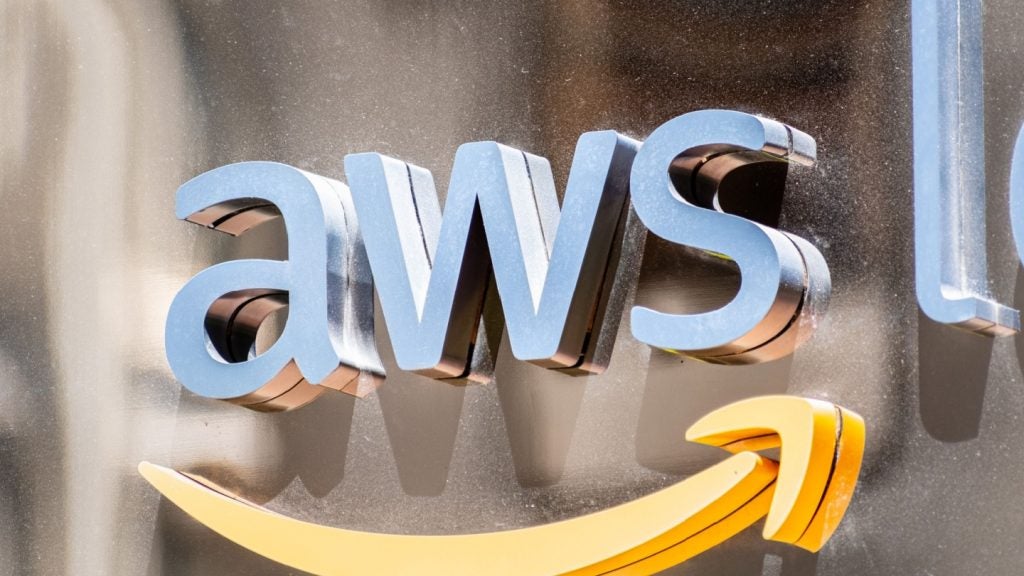
Last year, the Church of England made headlines with a record return on investment, but this year’s numbers aren’t quite so holy.
In 2016, the Church Commissioners – who manage the £8.3 billion investment fund that supports the Church of England – saw a 17.1% return on their assets which increased central church funds by around £900 million.
Results for 2017, which were posted yesterday, showed a return of 7.1%. Not only is this far below the previous year, it is also under the 9.1% yearly target set for the endowment, and below the 30-year average of 9.4% (which represents a return of inflation plus 5%).
This year’s reduced performance was attributed to a diverse portfolio of assets. Tom Joy is the commissioners’ head of investments. He told the Church Times:
The real star of 2017 was the stock market, so if you had all your eggs in the stock-market basket you had an amazing year.
We are more diversified than that, and while our stock market returns did great, better than the market, other asset classes outside of this didn’t deliver as strong returns, particularly real estate, in 2017 as in 2016.
How well do you really know your competitors?
Access the most comprehensive Company Profiles on the market, powered by GlobalData. Save hours of research. Gain competitive edge.
 Company Profile – free sample
Company Profile – free sampleThank you!
Your download email will arrive shortly
Not ready to buy yet? Download a free sample
We are confident about the unique quality of our Company Profiles. However, we want you to make the most beneficial decision for your business, so we offer a free sample that you can download by submitting the below form
By GlobalData
Around 40% of the church’s assets are in its equities portfolio, which was 2017’s strongest performer with returns of 15.9%. This did indeed outperform the market, which returned 13.2%.
However, the church is committed to making investments that are “consistent with [its] ethical guidelines”. Its real asset portfolio includes substantial holding in property, timberland and infrastructure. These assets had much more muted returns in 2017, delivering around 4%.
The single largest allocation in real assets is a UK landholding, which focuses on tenant run farms and residential schemes. As of last year, the Church of England is also the largest owner of forests in the UK after the Forestry Commission.
In recent years, the commissioners have also pushed for climate change mitigation with their investments. In December, they were part of an investor group that successfully made the oil and gas giant ExxonMobil begin publishing reports on the effect of climate policies on its business. The Church of England has previously cut its exposure to the energy sector and has promised to push for environmentally friendly practices at the remaining oil and gas companies that it invests in.
While overall return on investment in 2017 was much lower than 2016, those responsible for the portfolio were keen to stress that this had more to do with 2016 being an exceptionally good year than 2017 being an exceptionally bad one.
Loretta Minghella, who was appointed as the church commissioner last year, described this year’s results as credible and noted that multiyear performance was still strong.
She said:
The commissioners have successfully resisted short-termism in favour of readiness for longer-term opportunities…
…Such a long-term approach has allowed us to play our part in the revival and flourishing of the Church.
The commissioners contribute 15% of the Church of England’s annual running costs, and fund bishops, cathedrals, clergy stipends and pensions. The endowment is also used for charitable expenditure (£226.2 million in 2017), mission funding and developing dioceses.






